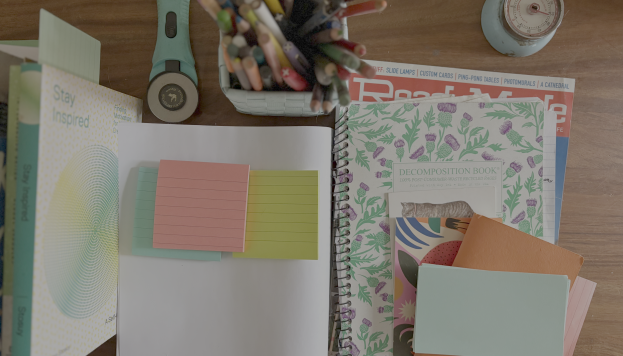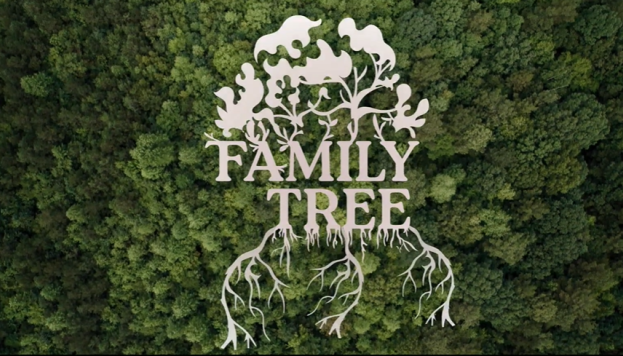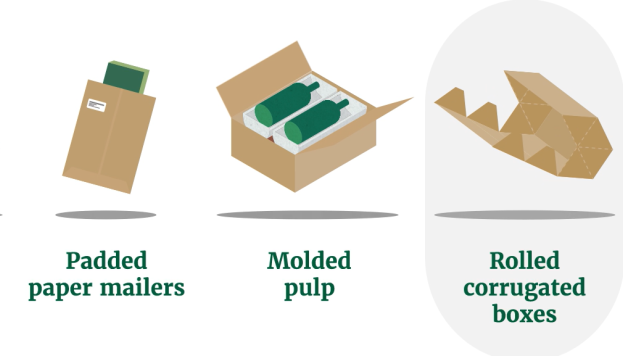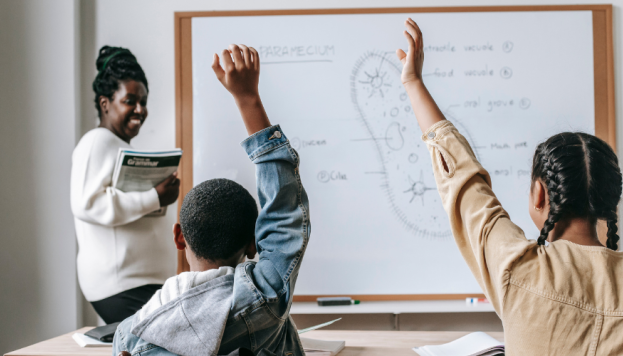Free from Distraction: Removing Cell Phones from the Classroom
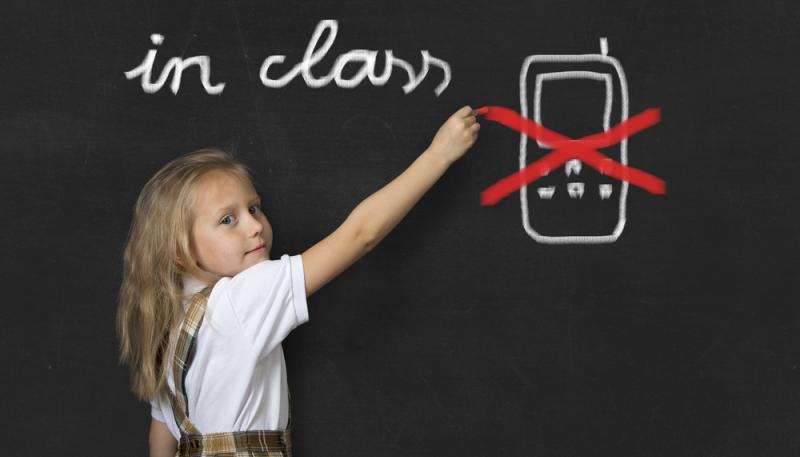
At the Paper and Packaging Board, we reject the print vs. digital debate as a false choice. The truth is paper-based and digital technologies are mutually reinforcing, and together make for creative, cognitive and business outcomes that neither could on their own.
But there are contexts in which paper is preferable and digital a downright distraction. We know this from reams of scientific research—and plain-old common sense.
Take for example France’s recent decision to ban smartphones, with few exceptions, from schools through their equivalent of the ninth grade.
“Children don’t have the maturity” for smartphones, one French mother of a young child told the Wall Street Journal. “Some adults don’t either.”
File that one under ‘it’s funny because it’s true.’ We all know that we can be distracted by screens, and we’re (supposed to be) grown-ups. How much harder it must be for children who—let’s just say—can have less than fully matured powers of impulse control.
The logic is neatly summed up by France’s education minister Jean-Michel Blanquer: “We’re not seeking to reject technological progress—that would be absurd—but rather to master it, to make sure man is the master of the machine.”
Do such bans actually impact educational outcomes? There’s good reason to think that they do:
There is evidence that a ban on the devices can improve academic performance. A study by researchers at the London School of Economics found standardized test scores for 16-year-olds at 91 U.K. schools measured between 2001 and 2011 rose when they instituted bans on mobile phones. The improvement, equivalent to that from an extra hour of school per week, was greater when the bans were strictly enforced, the study found.”
And, of course, the data on paper and learning in unequivocal. Paper note-taking compels students to engage with what’s being taught and identify the essence of important ideas, rather than just mechanically typing lectures word for word. A number of studies also show that it improves comprehension and long-term retention.
The tactile or “kinesthetic” nature of writing and physically engaging with paper has long been recognized as an important component of learning. As Mr. Blanquer put it: “We want children to rediscover the real, that connection to the concrete, to nature, to do doing things with their hands, to contact with other human beings.”
The good news is, as Millennials move into parenthood, they seem to have gotten the message. Our recent Fourth Annual Paper and Productive Learning Report found 83 percent believe it’s important to “unplug” from digital devices once in a while, and 59 percent are actively working to limit phone screen time for their kids.
Smartphones are, of course, a miraculous and world-expanding technology. But when it comes to learning in the classroom, research points to paper as the smarter choice.
